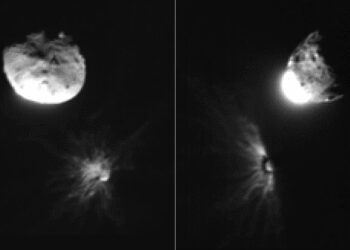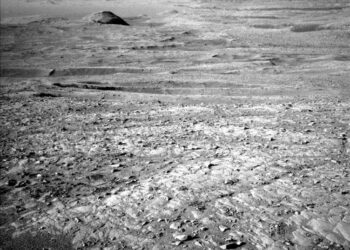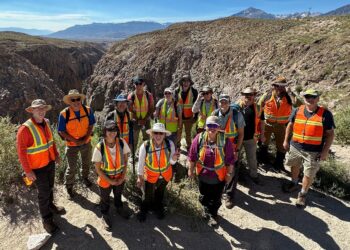NASA’s StarBurst mission is a cutting-edge initiative aimed at exploring gamma-ray bursts and the intense phenomena resulting from the collision of neutron stars. These bursts are some of the most powerful and luminous events in the universe, offering key insights into the cosmos and its boundaries.
StarBurst is designed to detect bursts of gamma radiation, which are typically produced during cataclysmic cosmic events such as the merger of neutron stars. The mission focuses on improving our understanding of these events and their implications for astrophysics.
Key Objectives of StarBurst Mission
- Identify gamma-ray bursts and their origins.
- Provide valuable data on the aftermath of neutron star collisions.
- Enhance our understanding of cosmic phenomena and their impacts on space-time.
The mission employs advanced technology to observe and analyze these bursts, contributing to the broader field of astrophysics and enhancing our comprehension of the universe’s extreme environments. The data collected will play a crucial role in developing models of these cataclysmic events.
For more information, you can visit the official NASA StarBurst mission page.






















